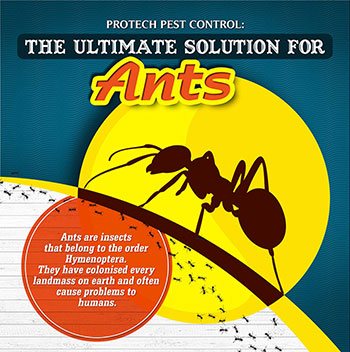Getting Knowledge On Exactly How Rodents Behave Is Important For Properly Controlling Pest Problems. Professionals Supply Valuable Insights On This Issue
Getting Knowledge On Exactly How Rodents Behave Is Important For Properly Controlling Pest Problems. Professionals Supply Valuable Insights On This Issue
Blog Article
Composed By-Holgersen Toft
Visualize being able to prepare for the steps of your opponents in a video game of chess, constantly staying one step in advance.
On https://howtoremoverat9battery62839.aboutyoublog.com/26321649/the-relevance-of-regular-pest-pest-control-operator-providers-for-a-healthy-and-balanced-home of bug control, understanding rodent actions resembles having that tactical benefit. By acquiring specialist insights into the nesting practices, feeding patterns, and communication and social behavior of rodents, you can properly combat these pesky creatures.
However just how exactly do rats act, and why is it essential to understand? In this conversation, we will certainly untangle the secrets of rodent habits, giving you with important knowledge that will help you stay in advance in the battle against pests.
Are you ready to discover the tricks of these shrewd animals?
Nesting Habits
To recognize rodent behavior and efficiently control pests, it is necessary to get insight into their nesting behaviors.
Rats, such as computer mice and rats, have an all-natural reaction to find shelter and produce nests where they really feel safe and protected. These nests function as their homes, breeding grounds, and storage space locations for food. Recognizing their nesting behaviors can assist you identify possible areas of infestation and carry out targeted control actions.
bee nest removal like nesting in dark, private spaces, such as attic rooms, cellars, crawl spaces, and wall spaces. They use products like shredded paper, fabric, insulation, and even chewed-up electrical wires to build their nests.
Feeding Patterns
Rodents display distinctive feeding patterns that play a critical function in their actions and can inform reliable pest control approaches. Understanding these patterns is essential for carrying out successful parasite control measures.
Rodents are opportunistic feeders, meaning they'll consume whatever food is readily offered. They like high-calorie foods such as grains, nuts, and seeds. This is why appropriate storage of food and waste management are important in protecting against rodent invasions.
Additionally, rodents are nocturnal, which indicates they're most active throughout the night when they search for food. By understanding their feeding patterns, you can tactically place traps and baits to maximize their performance.
Keeping food sources inaccessible and keeping a clean setting can help discourage rodents and lessen the risk of invasion.
Interaction and Social Habits
Comprehending how rats connect and interact socially is essential for reliable pest control methods. Rodents, like computer mice and rats, have complex communication systems that they use to convey information to each various other and coordinate their activities. Here are cockroach fumigation of rodent communication and social habits:
1. ant pile removal : Rodents create a variety of vocal noises, including squeaks, chirps, and babbling, to communicate with each other. These vocalizations can share numerous messages, such as danger cautions or mating calls.
2. Scent marking: Rodents use scent glands to leave chemical signals on objects and in their environment. These scent marks act as territorial borders and interact info concerning reproductive standing, dominance, and social affiliation.
3. Social hierarchy: Rats have an ordered social structure, with dominant people having accessibility to resources and liked nesting sites. Recognizing this pecking order is important for targeting pest control initiatives and identifying key individuals for removal.
Final thought
So, there you have it - a quick glance right into the fascinating globe of rodent actions. By recognizing their nesting behaviors, feeding patterns, and communication, we can much better deal with the problem of pest control.
Did you recognize that a female mouse can create up to 10 clutters each year, with each litter consisting of around 5-6 puppies? This impressive figure highlights the significance of prompt and effective parasite monitoring to stop rodent populaces from spiraling out of control.
